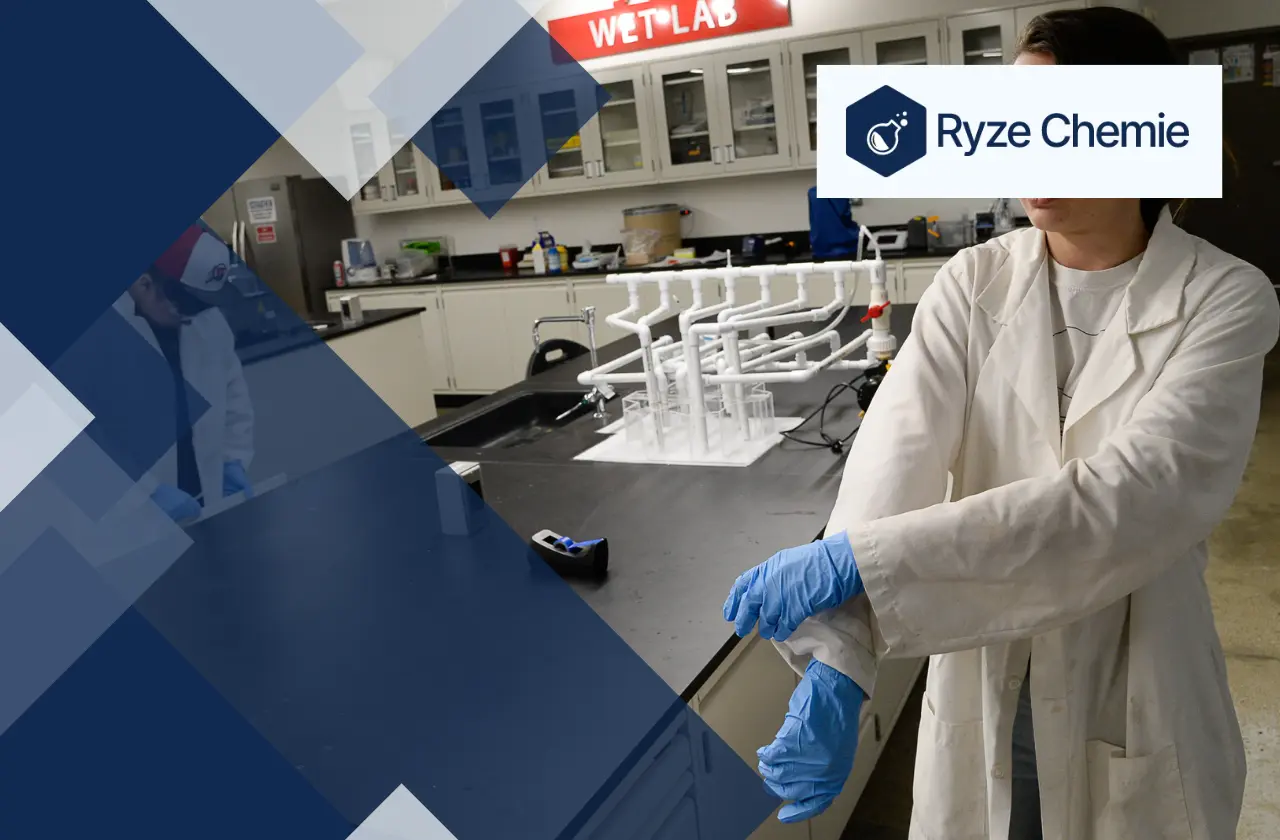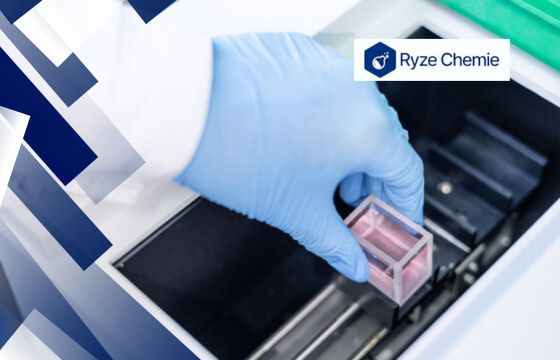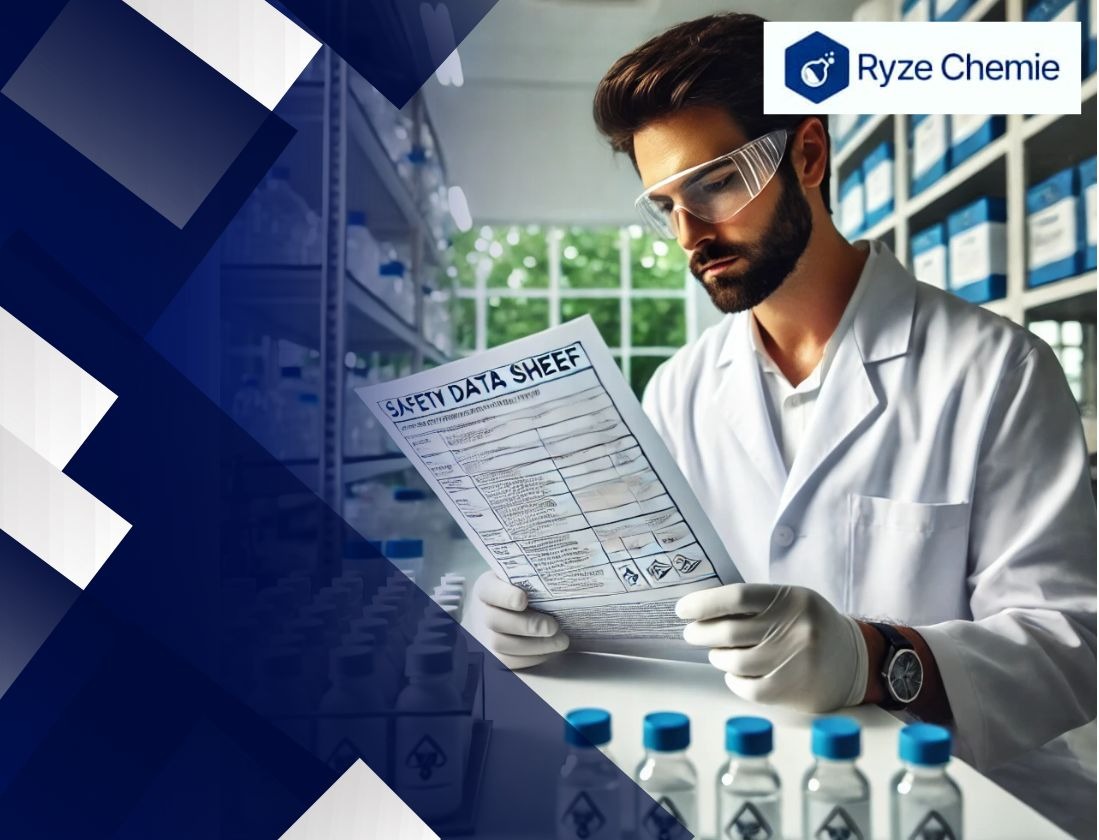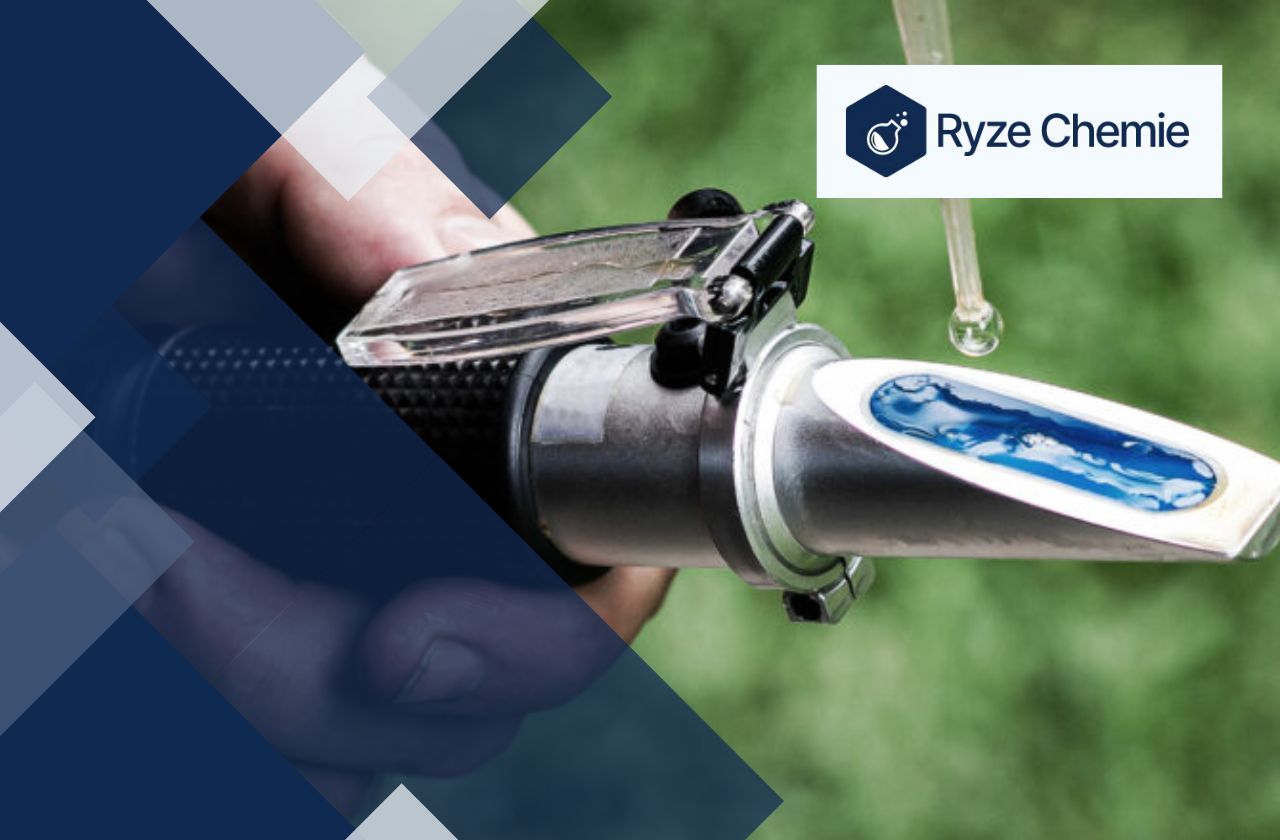
Stay up-to date on the
latest blogs. Join our
newsletter today!
This site is protected by reCAPTCHA and the Google Privacy Policy and Terms of Service apply.
Precautions To Take When Exiting The Lab (2024)

9 mins read · May 11, 2024

Exiting the lab demands caution. Chemical spills or exposure can pose serious risks. As lab personnel, we understand the importance of safety protocols.
This article offers practical tips to ensure safe departures. Simple measures like proper disposal of chemicals and wearing protective gear can prevent accidents. Understanding the hazards and adhering to established procedures is crucial.
By following these precautions, we safeguard ourselves and our environment. Let's prioritize safety as we exit the lab, mitigating potential dangers effectively.
Precautions To Take When Exiting The Lab
Exiting the laboratory safely is just as important as following procedures within it. Proper decontamination of personnel and surfaces minimizes the risk of spreading contaminants and protects yourself and others.
Personal Protective Equipment (PPE) Removal:
Double-Gloving Techniques:
- When working with highly hazardous materials, wear double gloves. This creates a barrier in case the outer glove becomes breached.
- After finishing your work, remove the outer glove carefully, peeling it away from your wrist towards your fingertips.
- With the contaminated outer glove still in your hand, grasp the inner glove at the wrist and pull it over the outer glove, encasing it.
- Dispose of both gloves in the designated hazardous waste bin.
Peel-Off Methods to Minimize Contamination Risk:
- For single gloves, pinch the cuff of the contaminated glove and peel it down your arm, turning it inside out as you go.
- Be careful not to touch the outside of the glove with your bare skin.
- Dispose of the glove in the appropriate waste bin.
Proper Disposal of Used PPE:
- Always dispose of PPE based on the materials it contains and the contaminants it was exposed to.
- Biosafety considerations are especially important in 2024. Consult your lab's safety protocols for specific disposal guidelines for gloves, lab coats, shoe covers, etc., used with biological agents.
- Look for biohazard symbols and follow the designated disposal procedures.
Disinfection protocols for reusable PPE (latest disinfectants effective against emerging pathogens):
- Certain PPE, like safety glasses or respirator masks, may be reusable.
- Follow your lab's specific protocols for disinfecting reusable PPE.
- Many labs are now using disinfectant wipes containing quaternary ammonium compounds or chlorine bleach solutions, which have been shown to be effective against a broad spectrum of pathogens, including emerging ones.
- Always check the manufacturer's instructions for proper dilution and contact time for the chosen disinfectant.
Skin Decontamination:
Handwashing Techniques with emphasis on recent research on most effective methods for specific contaminants:
- Handwashing is the most crucial step in decontaminating your skin after working in the lab.
- Wet your hands with clean, running water. Apply enough liquid soap to create a lather.
- Recent research highlights the importance of washing for at least 20 seconds, focusing on all surfaces of your hands, including palms, backs, fingers, fingertips, thumbs, and under your nails.
- Use friction while rubbing your hands together.
- Rinse your hands thoroughly under running water.
- Dry your hands completely with a clean paper towel or disposable hand dryer.
- If you suspect you may have come into contact with a specific contaminant, consult your lab's safety data sheet (SDS) for the recommended decontamination procedure.
Guidance on when a full body decontamination shower is necessary (procedures specific to the lab's research):
- Full body decontamination showers are emergency stations used in case of major spills or accidents involving highly hazardous materials.
- The need for a decontamination shower will depend on the specific research conducted in your lab and the protocols established by your safety officer.
- Familiarize yourself with the location and operation procedures for the decontamination shower in your lab.
Surface Decontamination:
Updated Protocols for Decontaminating Lab Benches and Common Areas (consideration of new resistant pathogens):
- Regularly decontaminate lab benches and common areas after use.
- Update your lab's decontamination protocols to consider new resistant pathogens.
- Many labs are now using disinfectant wipes containing a combination of ingredients or sporicidal solutions to ensure effectiveness against a broader range of pathogens.
- Always follow the manufacturer's instructions for dilution and contact time of the chosen disinfectant.
- When using disinfectant wipes, ensure all surfaces are visibly wet for the recommended contact time.
Safe Disposal of Contaminated Wipes or Cloths:
- Dispose of contaminated wipes or cloths in a designated waste container lined with a leak-proof bag.
- These containers are typically labeled as biohazard waste or chemical waste, depending on the type of contaminant.
- Never reuse contaminated wipes or clothes.
Following these precautions when exiting the lab ensures a safe and healthy environment for yourself and your colleagues. Remember, consistent vigilance and adherence to proper decontamination procedures are essential for preventing the spread of contaminants within the laboratory.
Now that we've covered precautions for exiting the lab safely let's move on to discussing effective chemical management and transport.
Chemical Management and Transport
Proper chemical management is crucial for laboratory safety and environmental protection. This includes safe disposal of chemical waste and secure transport of chemicals within the facility.
Chemical Waste Disposal:
Chemical waste disposal regulations are constantly evolving. Here's a breakdown of key points for 2024 and best practices for disposing of different chemical classes:
2024 Regulations and Best Practices:
- Focus on Minimization: Minimizing waste generation is the first priority. Consider using smaller quantities of chemicals, looking for less hazardous alternatives, and donating unused chemicals within your facility.
- Sharps Disposal: Used needles, syringes, and other sharps require special containers that are puncture-resistant. Never dispose of sharps in regular trash.
- Electronic Waste (E-Waste): Follow local regulations for disposing of electronic lab equipment. Often, specialized companies handle e-waste recycling.
- Batteries: Alkaline batteries can be disposed of in regular trash. However, lithium-ion batteries require specific disposal procedures. Check with your local waste management company.
Best Practices for Different Chemical Classes:
- Flammable Liquids: Store flammable liquids in designated flammable storage cabinets. Dispose of them in clearly labeled containers made of compatible materials. Never pour flammable liquids down the drain.
- Acids and Bases: Keep acids and bases separate from each other during storage and disposal. Use appropriate containers resistant to corrosion. Neutralize small amounts of dilute acids and bases before disposal, following approved protocols.
- Heavy Metals: Heavy metals are highly toxic and require special disposal procedures. Contact your hazardous waste disposal company for specific instructions.
- Organic Solvents: Organic solvents are often flammable and pose environmental hazards. Reduce their use whenever possible. Dispose of them in designated containers and never down the drain.
Safe Transport of Waste Containers within the Lab for Final Disposal:
- Secondary Containment: Always use secondary containment, such as trays or buckets, when transporting waste containers within the lab. This catches any leaks or spills, preventing contamination.
- Labeling: Clearly label waste containers with the contents, date of accumulation, and any hazards associated with the waste.
- Minimize Transport Distance: Whenever possible, store waste containers close to designated collection points within the lab to minimize transport distances.
- Use Carts: For larger or heavier containers, use sturdy laboratory carts designed for chemical transport.
- Spill Kit: Keep a spill kit readily available in your lab to address any potential leaks or spills during waste transport.
Transporting Chemicals Between Labs:
Safe transport of chemicals between labs is essential to prevent accidents and injuries. Here's what you need to know:
Secondary Containment Protocols:
- Secondary containers: Always use secondary containment, like a sturdy box or tray, when transporting chemicals between labs. This provides a layer of protection in case of leaks or spills.
- Packing Materials: Use absorbent packing materials, such as vermiculite, to cushion containers and absorb any potential spills.
Proper Labeling Requirements for Chemical Containers in 2024
- Globally Harmonized System (GHS): Follow the GHS labeling system for all chemical containers. This includes pictograms that visually communicate the hazards of the chemical, along with signal words (Danger, Warning, Caution) and hazard statements.
- Chemical Name and Concentration: Clearly list the full chemical name and its concentration on the container label.
- Date Received: Include the date the chemical was received on the label.
- Your Name/Lab Information: Add your name or lab information for easy identification and tracking.
Conclusion
In conclusion, when leaving the lab, adhere to safety protocols rigorously. Confirm all equipment is shut down properly. Ensure chemicals are securely stored in designated areas. Double-check for spills or leaks and promptly clean them up.
Wear appropriate personal protective equipment until exiting the facility entirely. Lock all doors and secure access points to prevent unauthorized entry. Follow established procedures for disposing of waste materials.
Stay vigilant for any potential hazards and report them immediately. By taking these precautions seriously, we can mitigate risks and maintain a safe working environment for all laboratory personnel.
FAQs related to lab exits
1) What precautions should be taken when exiting the lab?
- Clear access: Keep all exit paths free of equipment, chemicals, or personal belongings. A blocked exit can cause delays and injuries during an emergency.
- Emergency lighting: Ensure emergency lights are functional. In a power outage, proper lighting is crucial for safe evacuation.
- Exit signs: Illuminated exit signs should be maintained and unobstructed. Clear signs guide personnel to the nearest exit quickly.
- Fire doors: Fire doors should be self-closing or have closing mechanisms that activate during a fire alarm. Never prop open fire doors.
2) What are 5 safety precautions for a laboratory?
- Know the exits: Be aware of the location of all exits in the lab and your designated escape route.
- Safety equipment: Know the location and proper use of safety showers, eyewash stations, and fire extinguishers.
- Personal Protective Equipment (PPE): Wear required PPE such as goggles, gloves, and lab coats at all times.
- Chemical safety: Never smell, taste, or ingest chemicals. Assume all chemicals are hazardous until proven otherwise.
- Housekeeping: Maintain a clean and organized workspace. Clutter can increase the risk of accidents.
3) Which is the most common safety rule to follow before leaving the lab?
Wash your hands thoroughly with soap and water. This removes any chemicals that may have come into contact with your skin during experiments.
Latest Blogs








